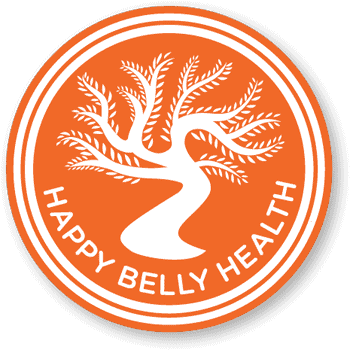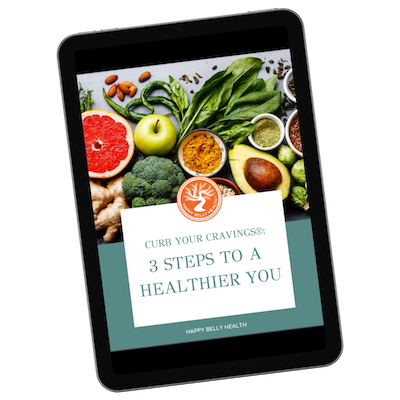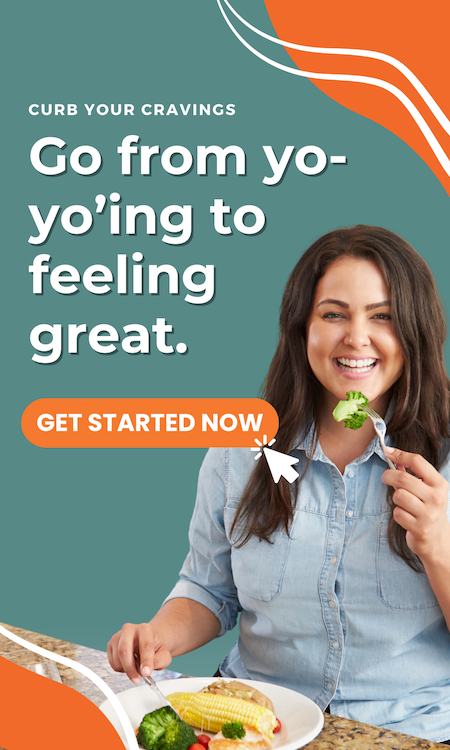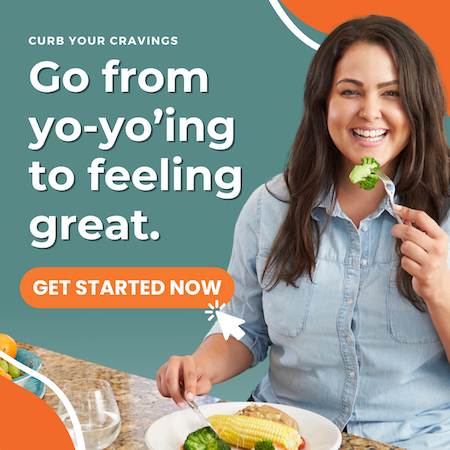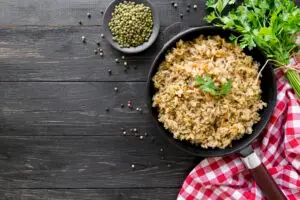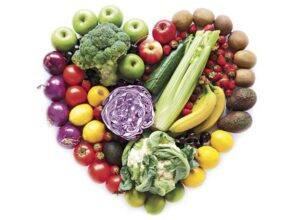Health magazines damn it. Foods labels trumpet their lack of it. Doctors caution using it. Everyone seems to be avoiding it. But at what cost? I’m talking about sodium – or rather, table salt (sodium chloride). Given the current health media messages, you might think that sodium was toxic. A menace to the body. Well, I know this is going to sound odd because of all the brain-washing we’ve received, but nothing could be further from the truth. The human body actually has to have sodium to survive!
Sodium is a crucial electrolyte – and our most plentiful one – stored primarily in extracellular fluids (that is, our blood and the fluid that surrounds all our cells). Our kidneys use electrolytes to regulate the amount of water in the body, an important job as our bodies are about 60% water. When we have high levels of sodium, the kidneys release less water. When we have too little sodium, the kidneys release more water. You’ve probably experienced this dynamic if you’ve eaten too many snack chips or popcorn or fast food and found your hands or ankles swollen the next day. Too high blood sodium levels can promote arterial constriction or narrowing. Hence: high blood pressure.
This is the overly-simplified explanation that leads many people to eliminate salt from their diet to avoid hypertension. But what do we find in medical studies looking at the actual impact of reduced sodium consumption? You might be surprised. In reality, there is very little evidence to show that reducing salt intake makes significant change in blood pressure for the vast majority of people.
- A Belgian study of 3600 adults published in the Journal of the American Medical Association earlier this year found that those consuming the least salt over an 8 year period were the most likely to die from heart disease.
- Another study found that after 1-5 years of sodium restriction, the average blood pressure of participants was reduced on average by only 1.1 mm Hg (systolic) and 0.6 (diastolic) – unimpressive and hardly breakthrough results. This doesn’t meet the definition of a statistically significant drop for the study size.
- A meta study of 28 different analyses in 2004 found that reducing sodium (by over 2 grams per day) only reduced blood pressure in hypertensive individuals by an average of 5mm Hg (systolic) and 2.8 (diastolic). 3 points? I’m really underwhelmed. The impact was even less for those with normal blood pressure.
- On the other hand, it’s been well demonstrated that reducing sodium may increase insulin resistance (which causes diabetes). Another study showing the same here.
- Did you know that the most famous study that started our “sodium scare” back in the mid-80s only found a correlation (that is, aligned data, no cause-and-effect was established) in only 4 out of 52 worldwide country populations. Those 4 happened to be indigenous tribes in Brazil, Kenya, and New Guinea – hardly validation of a widespread human phenomenon!
- A more recent study likely hones in on the truth for most people; it’s about moderation. Rather than hypertension specifically, this study looked at sodium intake relative to cardiovascular disease and mortality. They found that moderate sodium intake (4-6g/day) resulted in the lowest risk of CVD onset and death, as compared to both too little (< 3g/day) and too much (>6g/day) sodium intake. (They even offer a cute, 3-minute video that summarizes the results.) This moderate intake correlates to about 2 to 2.5 tsp/day. If you are very active and sweat a lot, you may wish to aim for the upper end of this.
My point is that this is another example of large-scale, we’re-all-the-same, national medical guidance that upon closer inspection doesn’t hold up to scrutiny. There are, in fact, some individuals who are particularly “salt sensitive”, that is having a blood pressure increase in response to moderate sodium intake. But there are many factors that play into this sensitivity, especially insufficient potassium (keep reading). Other key factors include lack of exercise, low melatonin and poor sleep, magnesium deficiency, and poor blood sugar control, especially a diet high in refined carbohydrates e.g. pasta, bread, chips. (One notable exception is those with kidney disease or other renal filtration impairment which usually benefits from reduced sodium intake.)
The more important factor at play here for most Americans is low potassium. A critical electrolyte which the body stores primarily inside our cells (intracellular fluid), potassium is just as important as sodium in the body’s effort to regulate fluid levels and movement. If our body can pump sufficient potassium into our cells, then it can keep most sodium safely out of our cells. The result? Healthy, non-acidic cell environments and easy excretion of excess sodium. Stable blood pressure is, in large part, about a careful balance across all our electrolytes. Some studies show that increasing potassium can decrease one’s sensitivity to sodium.
The problem is that the average American diet is very high in sodium while being simultaneously low in potassium (and also magnesium). In fact, no food in nature is higher in sodium than potassium. Not a single one. Our current situation is a man-made phenomenon courtesy of fast foods and convenience foods, overloaded with salt and lacking terribly in potassium-rich vegetables and fruits. If you eat whole, natural foods with an emphasis on vegetables and fruits (and yes, use a salt shaker for flavor and to give your body the electrolytes it needs!), you likely won’t have any problems with this balance. With this type of diet, I believe we can rely on our taste buds and preferences and cravings to guide us in how much salt we uniquely need each day.
So does the typical HBHer eat too much sodium? Probably not. But does the typical American eat too much sodium? Absolutely.
Consider the Outback Steakhouse Bloomin’ Onion ® with over 4000mg sodium (that’s more than a day’s worth in a single appetizer). Or Quizno’s Classic Sub (regular size) with over 2500mg sodium in one sandwich. But the solution is in moving away from all of these processed foods (also loaded with chemicals) and adding potassium-rich foods to our diet. To this end, most people think of bananas. But many foods are even higher in potassium (per serving e.g. avocado, cantaloupe, sweet potato, sundried tomatoes, Brussels sprouts, spinach, and even vegetable juices like Very Veggie (an organic “V-8” choice).
My challenge to you is to not accept the fate of “blood pressure medication for life”. Remember that some drugs are truly critical, but they are all synthetic toxins. Blood pressure medications have real side effects (especially low energy and potassium loss, for diuretics). If you are reducing salt in hopes of lowering your blood pressure, find out if it’s really working. For many people, it just doesn’t make a difference. Many of our clients have been able to reduce or stop their BP meds completely with simple but determined lifestyle changes and a few supportive supplements. The opportunity is to get to the true root causes of each person’s hypertension. Suboptimal minerals are usually involved, but toxicity, methylation impairment, insulin resistance, and other dynamics may be at play too.
When you use salt, I recommend unrefined, natural sea salt. This option will give you a mix of trace minerals, but more importantly, it helps you to avoid the chemicals added to typical table salt which don’t have to be listed on the label (e.g. anti-caking agents such as sodium silico-aluminate or ferrocyanide). To make sure you get the natural iodine you need daily, enjoy some seaweed snacks a couple times a week (no joke, these are delicious – check them out at Whole Foods Market or Trader Joe’s) or use some natural kelp granules in your meal prep. I put these on my salad or stir-fry at lunch every day; they are also easy to find in the “healthy” section of most grocery stores.
Make a commitment to yourself and see how wonderfully your body (and your energy level) flourishes.
Are you curious? Let’s chat. We would love to hear from you.
If you’re interested in finding out more about health coaching, please use this form and you’ll be prompted to schedule a 15 minute chat. We look forward to supporting you.

